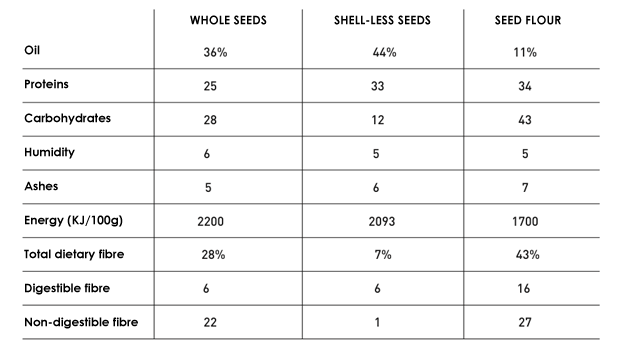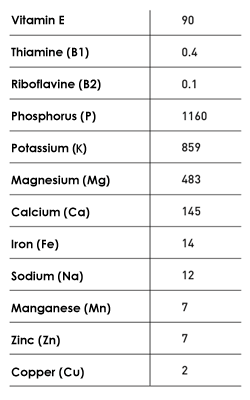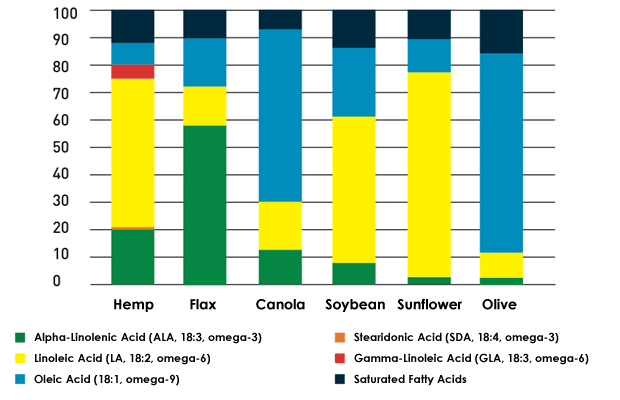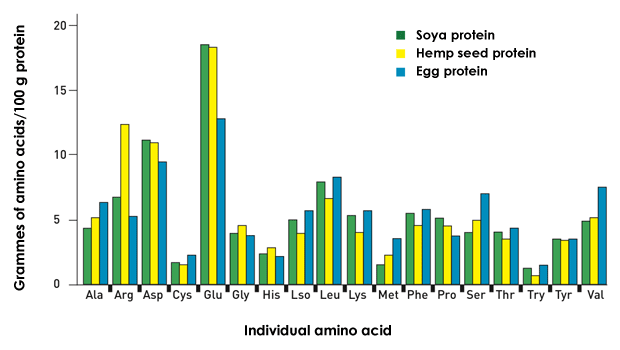Hemp has been an important source of food, fibre and medicine for thousands of years in the Old World. The oldest documents that depict the use of hemp seeds as food and as medicines, come from China. There is enough evidence to claim that hemp was first used as a source for fibres and medicines in the whole Mediterranean Coast, from East (Egypt) to West (Morocco), several centuries before Christ (B.C.).
It was by the middle of the 20th century that Cannabis (including hemp) was subjected to a strict international control system. This took place when Cannabis was marked as one of the narcotic substances listed in the 1961 US Single Convention, which is the prohibitionist regime's keystone still in force today. As a result, Cannabis growing became virtually banned except for cultivation for scientific purposes and cultivation of certain varieties with a low concentration of active narcotic substances. The latter can be used for industrial purposes such as the production of fibre and seeds. The varieties of industrial Cannabis in Europe have THC (Delta-9-tetrahidrocannabinol) levels under 0.2 %.

Table 1. Typical nutritional composition of several hemp seeds products.
Source: Callaway and Pate, 2009.
Hemp seeds as a highly nutritional food source

Table 2. Typical nutritional values
(mg/100g) of vitamins and minerals
found in hemp seeds.
Due to the nutritional properties of hemp seeds and their derivatives (such as oil, flour, etc.), its content in fatty acids, vitamins, proteins and minerals, it is recommended to consider them as a key element in a human diet. (Table 1 and 2).
Hemp seeds have a characteristic walnut flavour and are, as a fact, incorporated in many food preparations such as bread, cakes, biscuits, non-dairy milk, ice cream, etc.
Close to 50% of the hemp oil global market is concentrated in food industry and nutritional supplements. The other half of the world trade is focused on cosmetic applications (soap, shampoo, creams...) and other industrial uses (biodiesel, varnishes...).
Chemical composition
Essential fatty acids (EFAs) are perfectly represented in hemp seeds oil. Linoleic acid 'omega-6' (18:2n-6, LA) is found at a rate of 20%. Moreover, significant amounts of its metabolic respective products such as the presence of gamma-linoleic acid (18:3n-6, GLA), which varies from 1-4%, and stearidonic acid (18:4n-3, SDA), which fluctuates between 0.5% and 2%. Even though most vegetable oils have at least one of the EFAs, it is unusual that they contain high amounts of both. It is also uncommon to find them in close to a 3:1 proportion of omega-6/omega-3, this being the relation recommended for human ingestion. (Picture 1).
The composition of the oil obtained from hemp seeds is of great interest due to the beneficial effects it has on health.

Picture 1. Typical fatty acid composition of vegetable oils.
Furthermore, this oil also contains tocopherols, which can lower the risk of cardiovascular diseases, cancer and age-related macular degeneration as well as showing antioxidant activity, because its content in total phenols is higher than in other vegetable oils such as sunflower or soya oil. These tocopherols are well known for being important antioxidants, which have a positive effect in the oxidating stability of oils. The dominant tocopherol in hemp seeds is the γ-tocoferol, followed by α-, β- y δ-tocoferol. The same composition in tocopherols can be found in the oil.
On the other hand, this oil is rich in polyunsaturated fatty acids (PUFAs) and has a low concentration of saturated fatty acids. This is what makes it really interesting from a nutritional point of view, as our diet is becoming increasingly rich in saturated fatty acids and there is an attempt to reduce their intake, due to their relation with the increase in total cholesterol and LDL cholesterol, which may cause coronary heart disease.
It should be noted that both hemp seeds and oils are gluten free.
Hemp seed flour is an excellent and easily digestible source of proteins. Picture 2 compares the proportion of amino acids to the total protein content of hemp seeds, soya and egg. The concentrations of proteins vary between the whole hemp seed (25%), shell-less seeds (45%), soya (32%) and egg (11%). Picture 1 shows the individual values of amino acids per 100g of protein in order to offer a direct comparison between these products.
The recent increase in the interest in hemp proteins, is due to their exceptional content in amino acids that have sulphur, i.e. methionine and cystenine, as well as its surprisingly high amount of arginine. This makes it an ideal nutritional complement for high-protein diets as it facilitates the increase of muscular mass.

Picture 2. Proportion of amino acids to the total protein content of hemp seeds, soya and egg whites. The abbreviations are the ones recommended by IUPAC. Source: Callaway and Pate, 2009.
The relevance of fatty acids to health
The high concentration in PUFAs makes it an especially important oil for human nutrition. Thus, it has been shown that omega-3 fatty acids help to decrease the risk of suffering cardiovascular diseases and the proliferation of several types of cancer. It also has beneficial effects in the treatment of inflammatory diseases, such as rheumatoid arthritis, psoriasis and Crohn's disease.
GLA acts as an intermediary in the synthesis of long chain PUFAs, eicosanoids and endocannabinoids. These play an important role in vital processes such as the controlling of inflammations and muscle tone or the onset of contractions during labour.
This relation is 3:1 in hemp seed oil, having an appropriate omega-3 concentration. Germany, Austria, and Switzerland's nutritional societies recommend a 4:1 to 5:1 relation. However, bearing in mind that the relation in Western Europe's diets is around 10:1 (due to the constant increase in the intake of omega-6 fatty acids, mainly in processed food) the use of hemp seed oil is close to the recommended level. This is important as high ratios of omega-6 against lower ones of omega-3 cause the pathogenesis of cancer and many other diseases, including cardiovascular and autoimmune. Whereas lowering these ratios (omega-6/omega-3), i.e. by increasing omega-3, has beneficial impacts on health.


